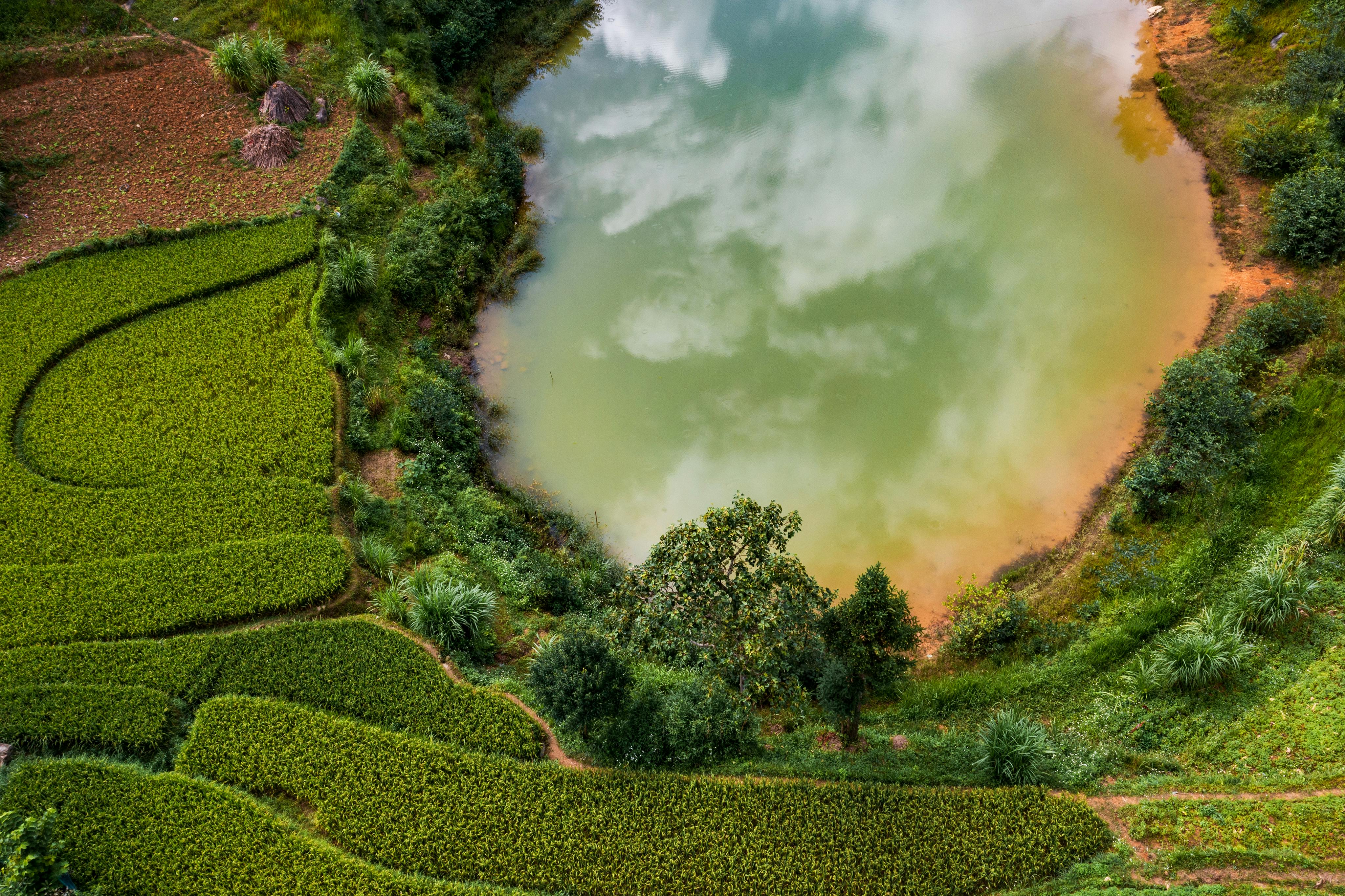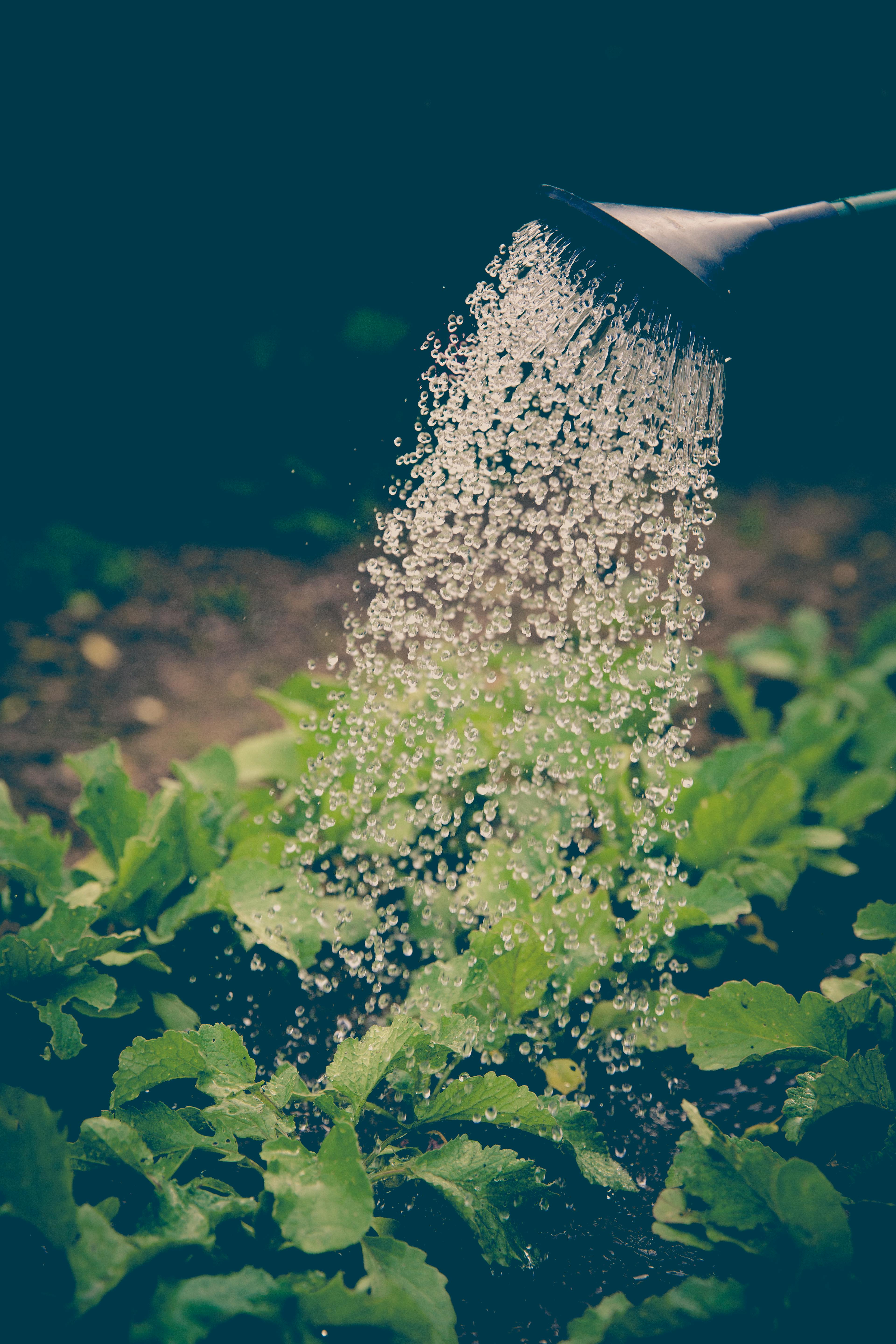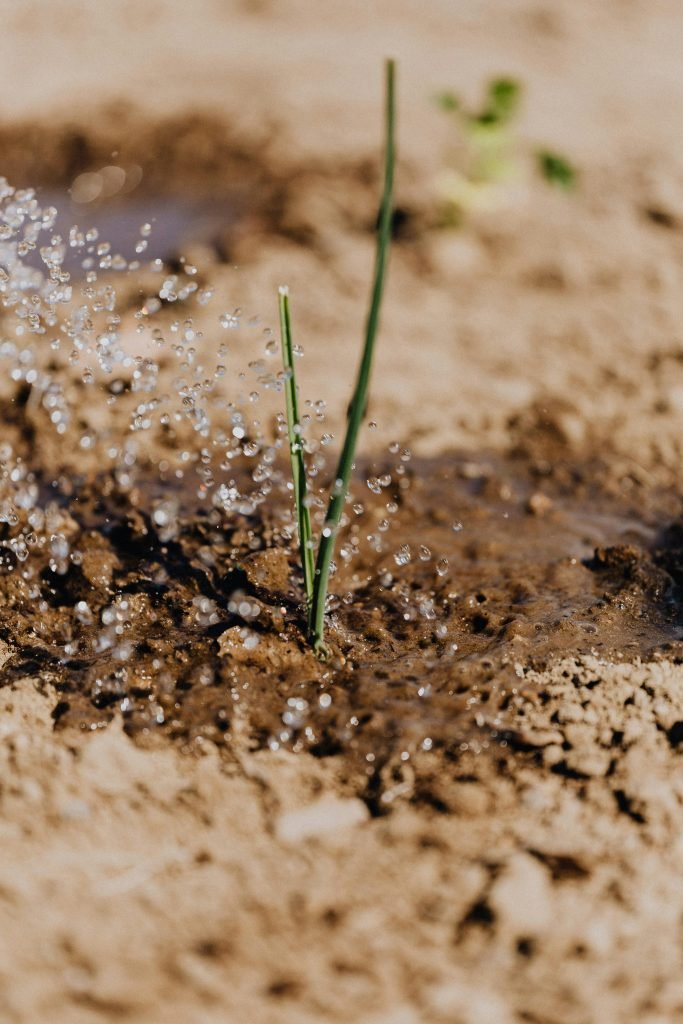Have you ever found yourself pondering the right amount of water your garden really needs? It’s a common concern among gardeners and can be the key to a thriving landscape or a wilting disappointment. With the right information, you can make sure your plants are getting the care they deserve without drowning them in the process!

This image is property of images.pexels.com.
Understanding Water Requirements
The first step in determining how often to water your garden is to understand the basic water requirements for different types of plants. Each plant has its unique needs based on its species, age, and environment.
Factors Affecting Watering Frequency
Several critical factors influence how often you should water your garden:
- Type of Plants: Different plants require varying amounts of water. For instance, succulents need less water compared to vegetables or flowering plants.
- Soil Type: The composition of your soil affects its water retention capacity. Sandy soils drain quickly and may need more frequent watering, while clayey soils retain water longer.
- Climate and Weather: Local weather patterns can change how much water your garden needs. Hot, dry weather will demand more frequent watering, while cooler, wetter weather may require less.
- Season: Plants have varying needs throughout the seasons. During summer, they typically require more water, while in the fall, their needs decrease.
Soil Moisture Indicators
It’s vital to check the soil moisture before watering. Knowing how to evaluate whether your garden needs hydration can prevent under-watering or overwatering.
- Finger Test: One of the simplest methods is to insert your finger about an inch into the soil. If it feels dry at that depth, it’s time to water.
- Soil Moisture Meter: This handy tool can provide a more accurate assessment of your garden’s moisture levels. It helps you understand how deep the moisture penetrates and indicates when to water.
How to Determine When to Water
Finding the right moment to water your garden involves a bit of observation and understanding. There are some key indicators you can pay attention to.
Observe Your Plants
Your plants can tell you a lot about when they need water. Some visual signs to look for include:
- Wilting: If leaves look droopy or lack vitality, it’s often a signal that the plants need water.
- Leaf Color: A change in color, particularly yellowing, can indicate stress from lack of water.
Timing is Everything
Watering during the right time of day can help maximize water absorption and minimize evaporation.
- Morning Watering: Typically, early mornings (between 6 AM and 10 AM) are ideal for watering as the temperatures are cooler, and evaporation rates are lower.
- Evening Watering: If mornings aren’t possible, consider watering in the late afternoon or early evening. However, do it early enough to allow foliage to dry before nightfall to prevent mold.

This image is property of images.pexels.com.
The Benefits of Deep Watering
Watering deeply rather than frequently has significant advantages and encourages deep root growth, which is essential for a robust garden.
What is Deep Watering?
Deep watering involves saturating the soil to a depth of several inches, allowing water to percolate down to the root zone.
- Benefits of Deep Watering: This method promotes your plants to develop a more extensive root system, making them more resilient to drought and temperature fluctuations.
How to Water Deeply
To ensure deep watering, follow these guidelines:
- Frequency: Depending on the type of plants and soil conditions, consider watering less frequently but for longer durations (about 30 minutes to an hour).
- Watering Techniques: Using a soaker hose, drip irrigation, or thorough watering with a hose can help ensure that the water penetrates deep into the soil.
Creating a Watering Schedule
A well-structured watering schedule can take the guesswork out of when to hydrate your garden. Here’s how you might approach it.
Know Your Plants
List out the plants in your garden and categorize them according to their water needs:
| Plant Type | Water Needs |
|---|---|
| Succulents | Low |
| Vegetables (e.g., tomatoes, carrots) | Moderate to high |
| Flowering Plants | Moderate |
| Trees and Shrubs | Varies (typically moderate) |
Sample Watering Schedule
Take this sample schedule as a guideline. Adjust it according to your local conditions:
| Day | Action |
|---|---|
| Monday | Water vegetable beds |
| Tuesday | Check soil moisture of flowering plants |
| Wednesday | Deep water trees |
| Thursday | Water succulents lightly |
| Friday | Monitor all plants |
| Saturday | Water if needed |
| Sunday | Day off – enjoy your garden! |

This image is property of images.pexels.com.
Irrigation Methods
Selecting the right irrigation methods is integral to efficient watering. There are a few popular methods you can consider.
Drip Irrigation
Drip irrigation is an efficient way to water your garden.
- How It Works: It delivers water directly to the base of plants through a network of tubing, minimizing waste and evaporation.
- Benefits: This method conserves water, reduces weed growth, and promotes healthy root systems.
Soaker Hoses
Soaker hoses are another easy-to-use option.
- What to Know: Soaker hoses are porous hoses that allow water to seep out slowly.
- Setup: Lay them in garden beds, and they will evenly water your plants without wasting water.
Sprinklers
Sprinklers can cover a wide area, but they may not be as efficient as drip systems.
- Types: You can select from stationary sprinklers to rotating ones, depending on your garden’s layout.
- Considerations: Be mindful of wind speed and direction, as they can affect water distribution.
Winter Watering
You may wonder about the irrigation needs during the winter months.
Why Winter Watering Matters
Despite being dormant, plants may still need water during dry spells in winter.
How to Water in Winter
When temperatures are above freezing:
- Watering Frequency: Water deeply but infrequently.
- Ground Moisture Check: Regularly check ground moisture, especially during milder winter days.
Signs of Overwatering
It’s essential to recognize the signs of overwatering. Providing too much water can be just as harmful as not providing enough.
Symptoms of Overwatered Plants
To help you keep your plants healthy, be vigilant about the following symptoms:
- Yellow Leaves: If you notice yellowing leaves, it could be a sign of root rot from excessive moisture.
- Wilting: Contrary to common belief, overwatered plants may also droop. This occurs because roots lack oxygen in saturated soil.
Solutions
If you think you’ve overwatered your garden, here are some tips on what to do next:
- Check Drainage: Ensure your soil has proper drainage. If water pools after rainfall, consider amending your soil to improve drainage.
- Reduce Watering: Temporarily cut back on watering and allow the soil to dry out.
- Consider Plant Health: If certain plants are struggling, consider relocating them to a better-draining location.
Special Considerations for Container Gardening
Plants housed in containers have specific watering needs due to their limited soil volume.
Water Needs for Containers
In general, container plants may require more frequent watering than those in the ground.
- Factors to Look At: Container size, plant size, and the material of the pot can impact how quickly the soil dries out.
Tips for Container Watering
- Monitor Moisture: Just like with ground gardening, stick your finger about an inch into the soil to see if it’s dry.
- Choose Appropriate Pots: Ensure pots have drain holes to prevent waterlogging.
The Importance of Mulching
Mulching not only enhances the aesthetic appeal of your garden but also plays a crucial role in retaining moisture.
Benefits of Mulching
- Moisture Retention: A layer of mulch helps the soil retain moisture, which can reduce the frequency of watering.
- Weed Suppression: Mulch can prevent weeds from developing, allowing your plants to access moisture and nutrients more effectively.
Types of Mulch
- Organic Mulch: Includes materials like wood chips, straw, and grass clippings. As they break down, they enrich the soil.
- Inorganic Mulch: Options such as stones or landscape fabric can also serve as effective weed barriers and moisture retainers.
Adapting to Local Conditions
Local conditions, including climate, soil type, and plant species, significantly affect your garden’s watering needs.
Research Your Region
Be sure to familiarize yourself with local gardening resources, as they may provide specific insights into optimal watering practices based on regional conditions.
Connecting with Local Gardening Communities
Joining a community garden or local gardening club can open doors to a wealth of knowledge. Connect with fellow gardeners to share tips and experiences unique to your area.
The Bottom Line
Knowing how often to water your garden is more of an art than a science, and it often requires some trial and error. By paying attention to your plants, understanding their needs, and adjusting to external factors, you can establish a successful watering routine.
With this approach, you’re on your way to a flourishing garden that thrives in whatever conditions nature throws your way! Isn’t it rewarding to put in the effort and watch your plants flourish? You’re developing more than just green thumbs—you’re nurturing life. Happy gardening!




